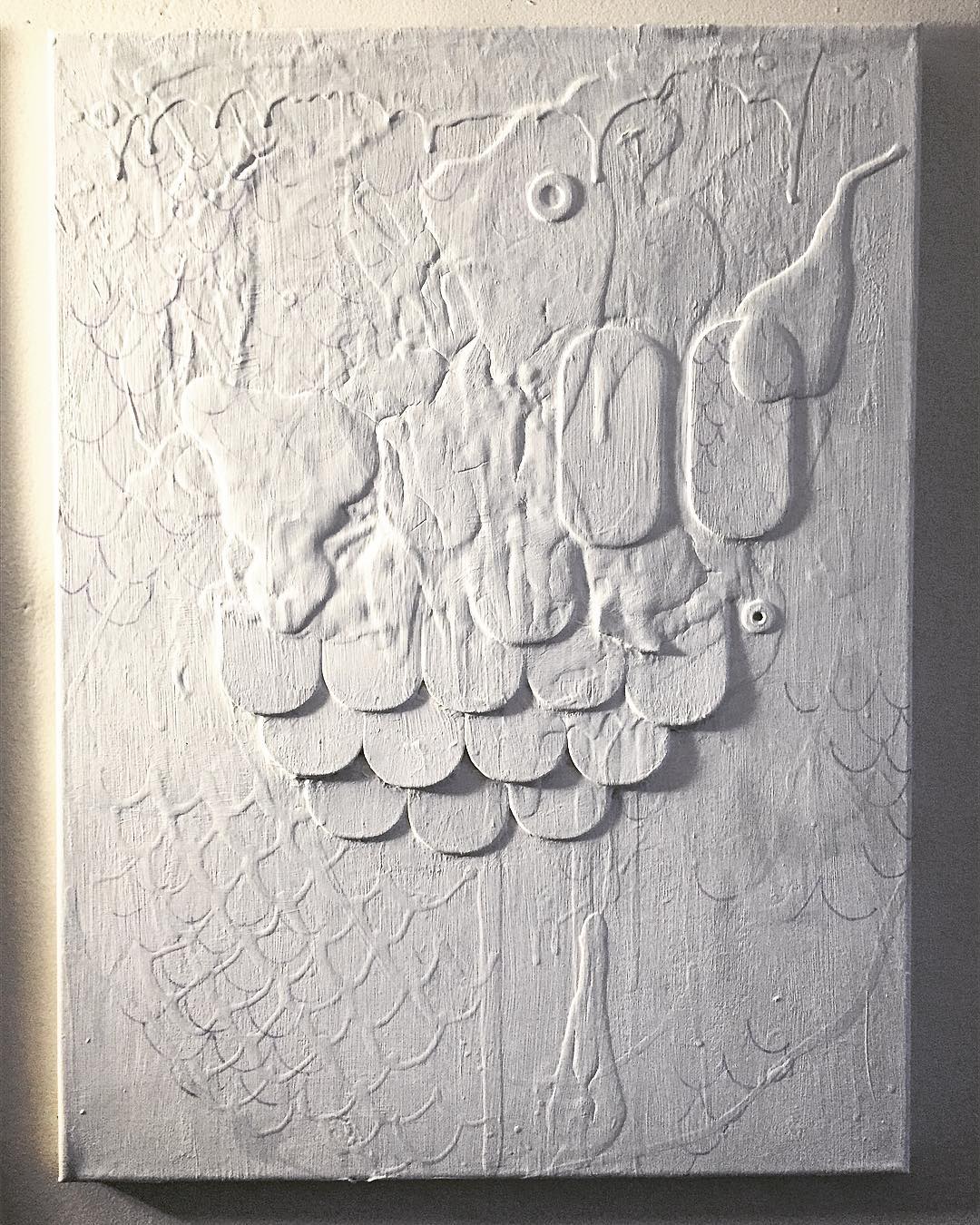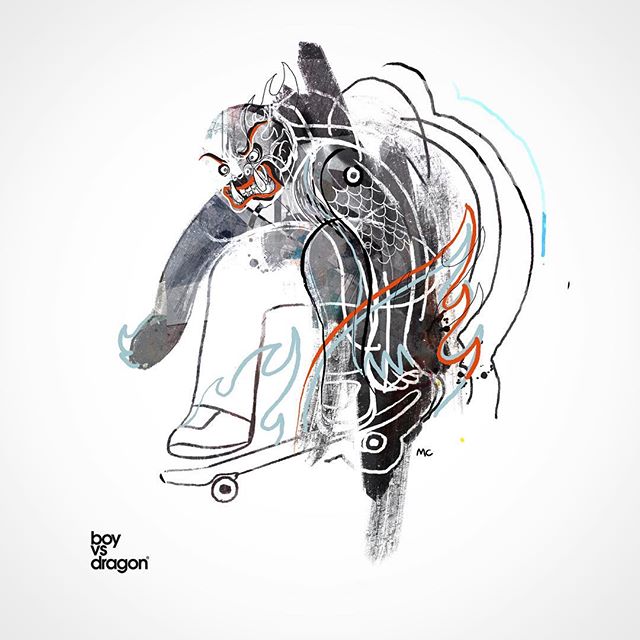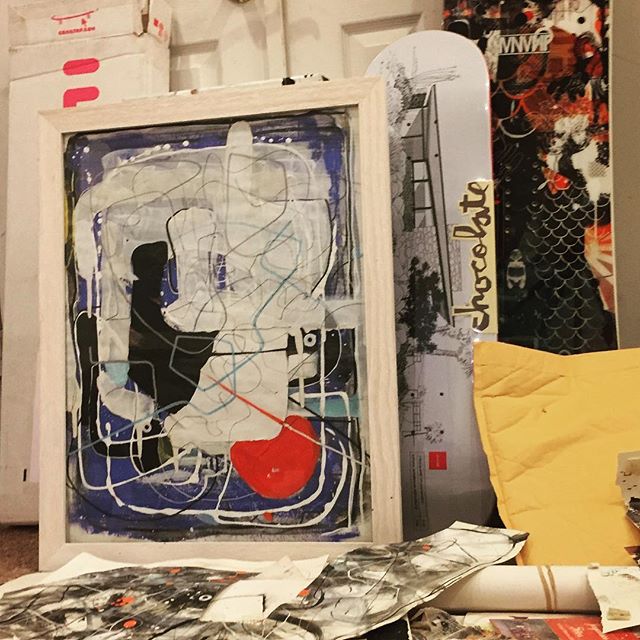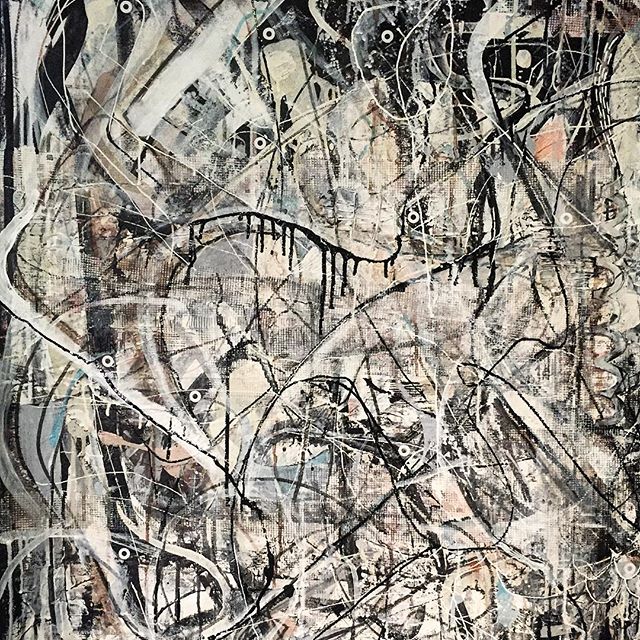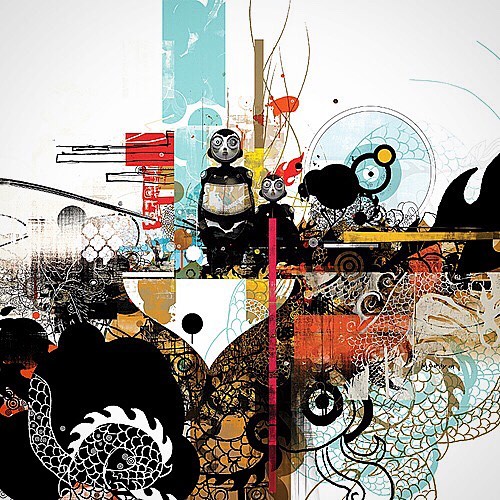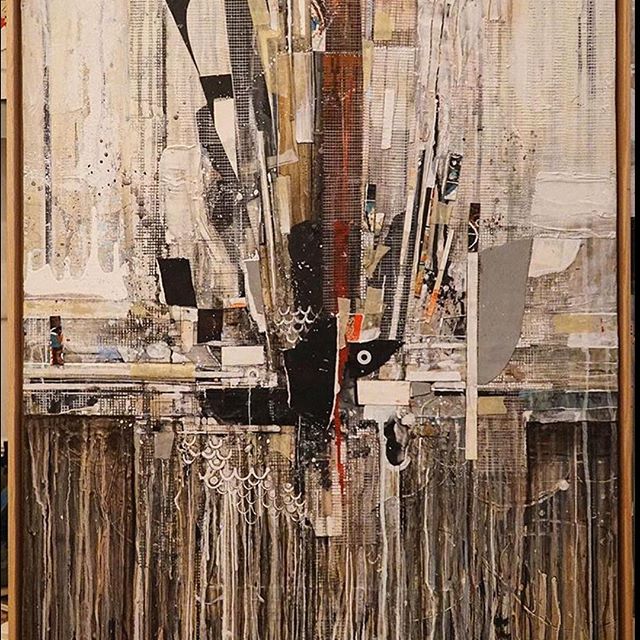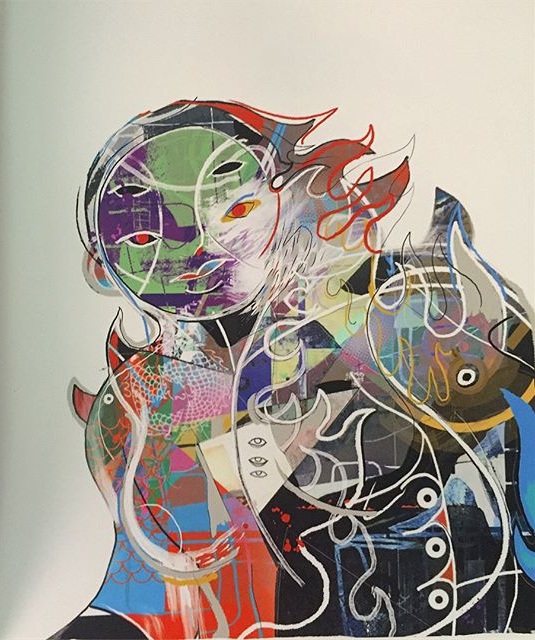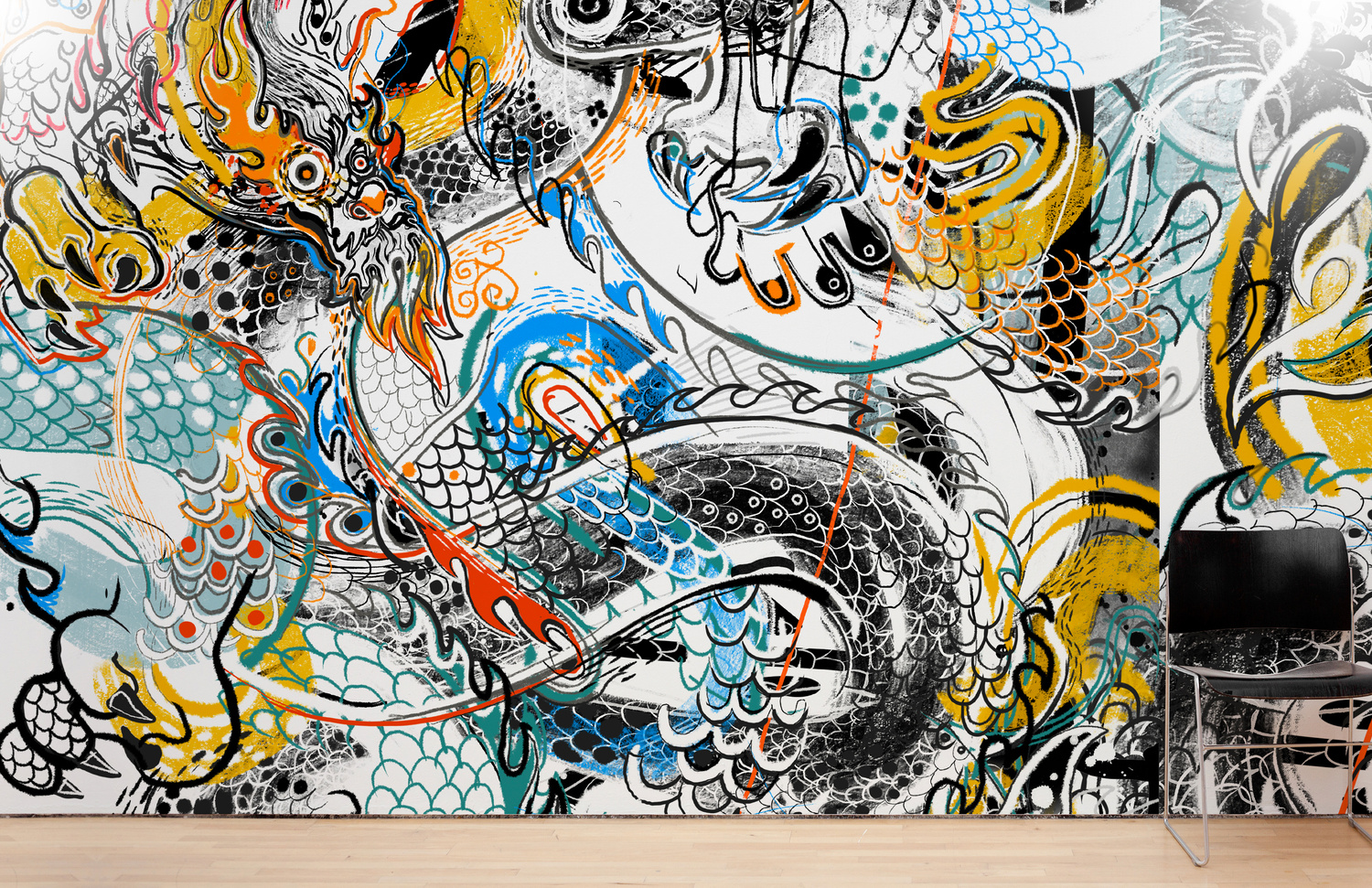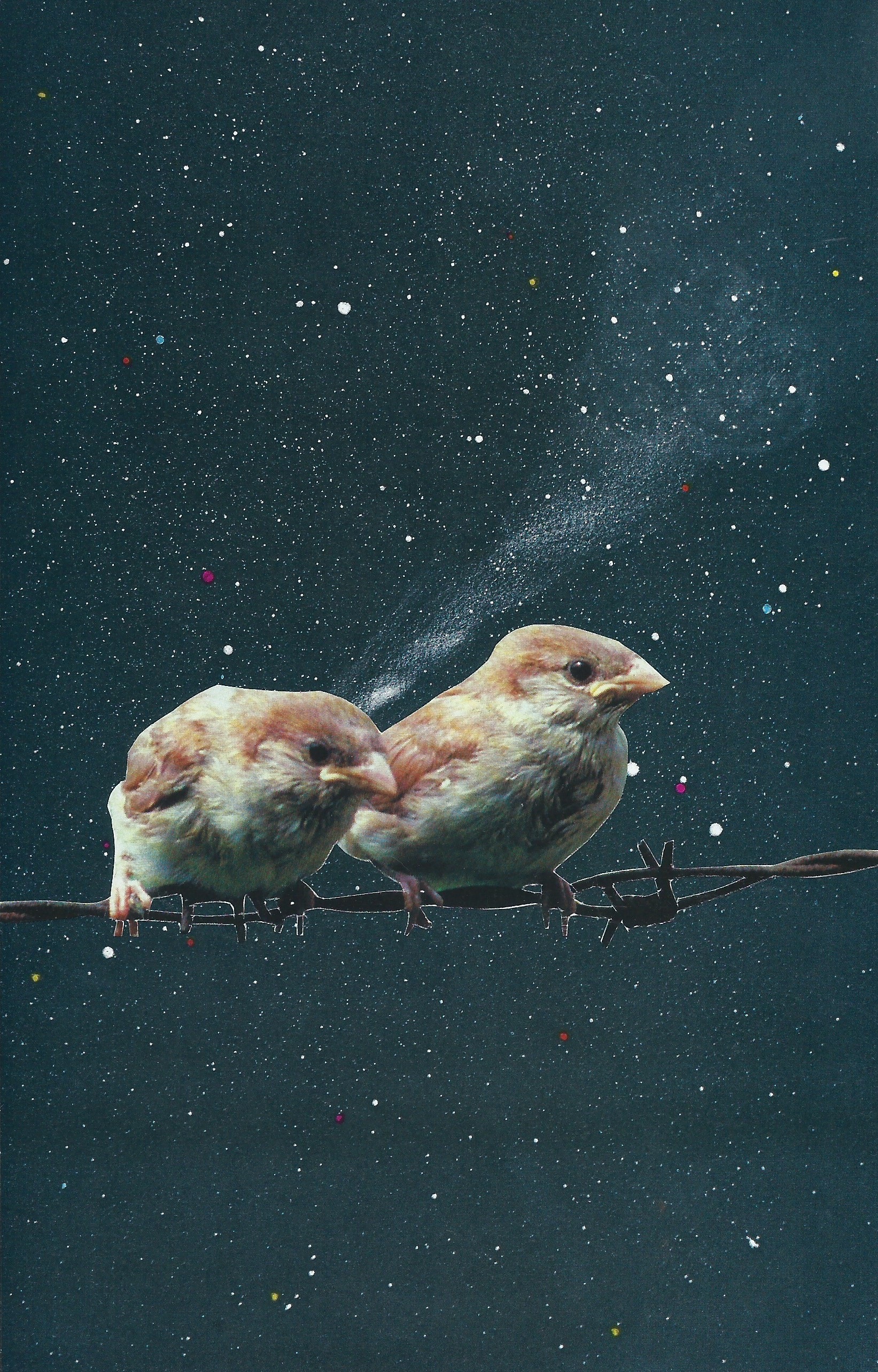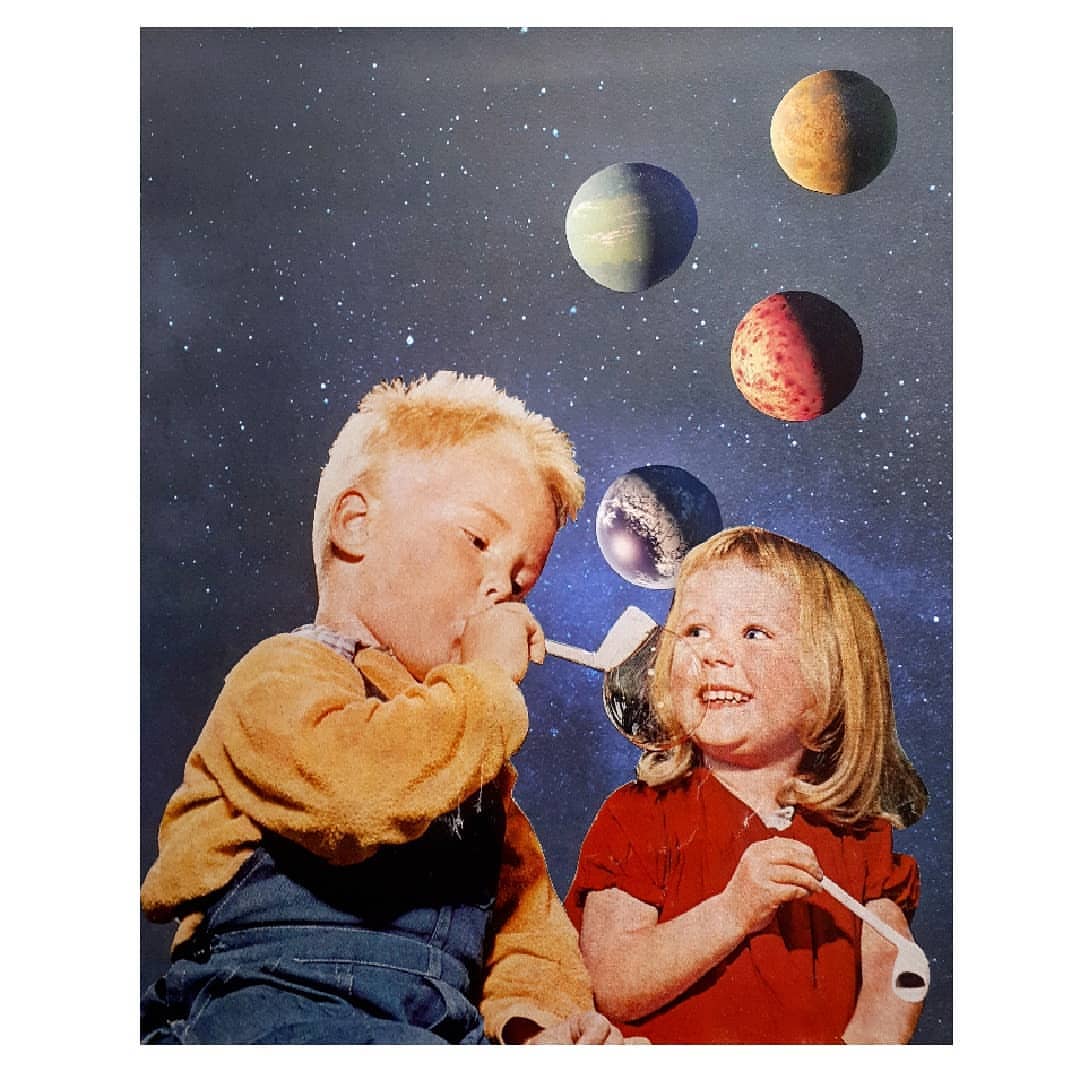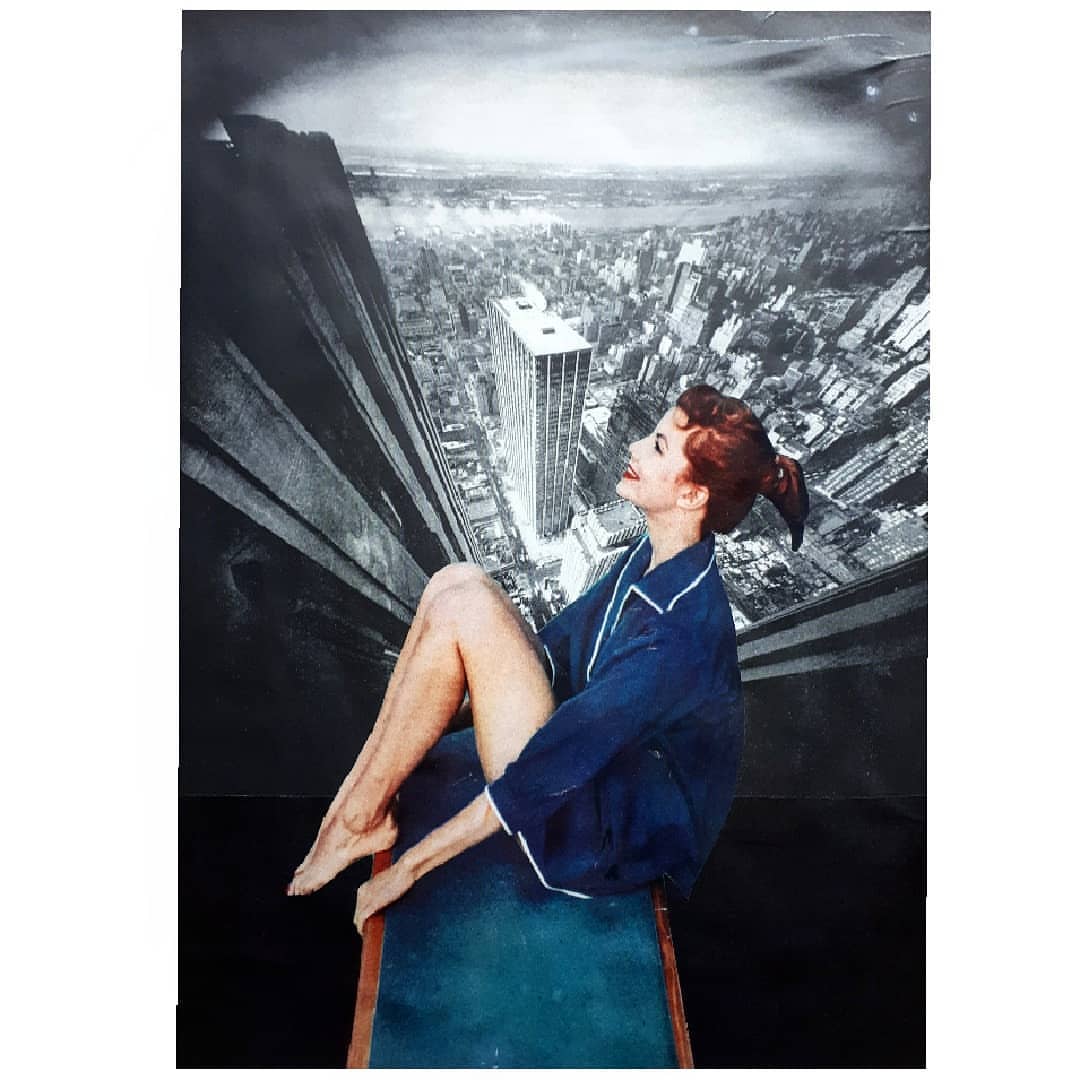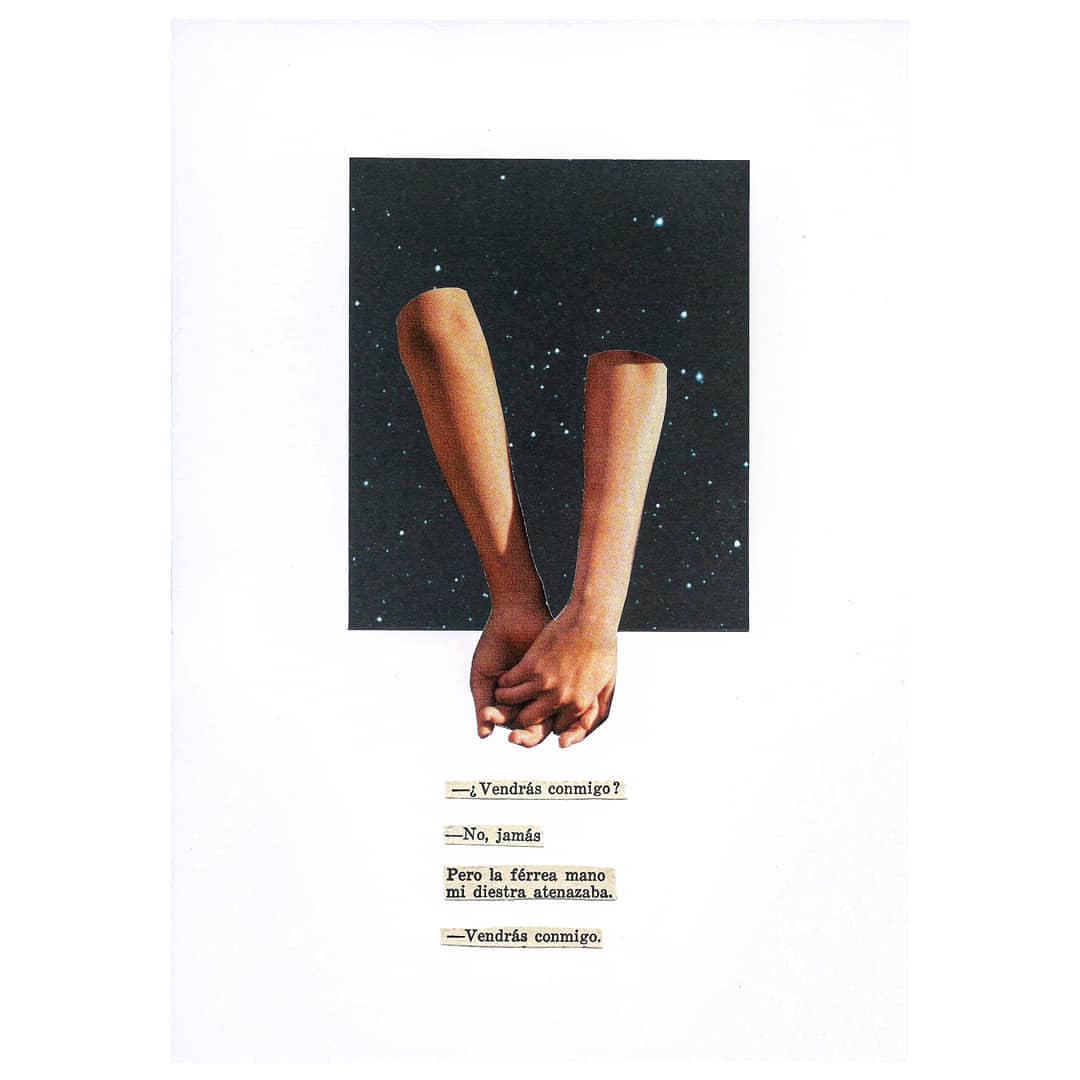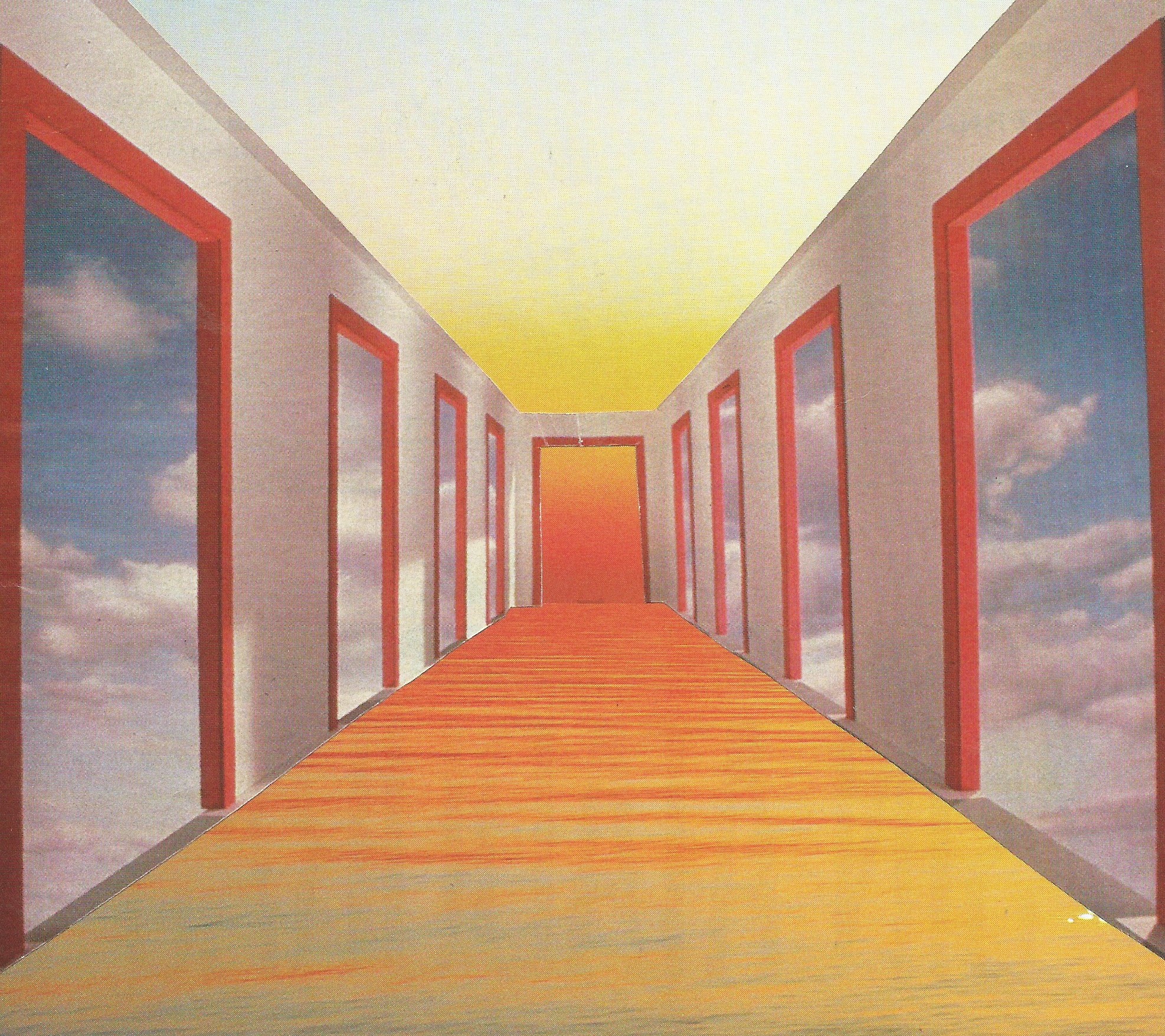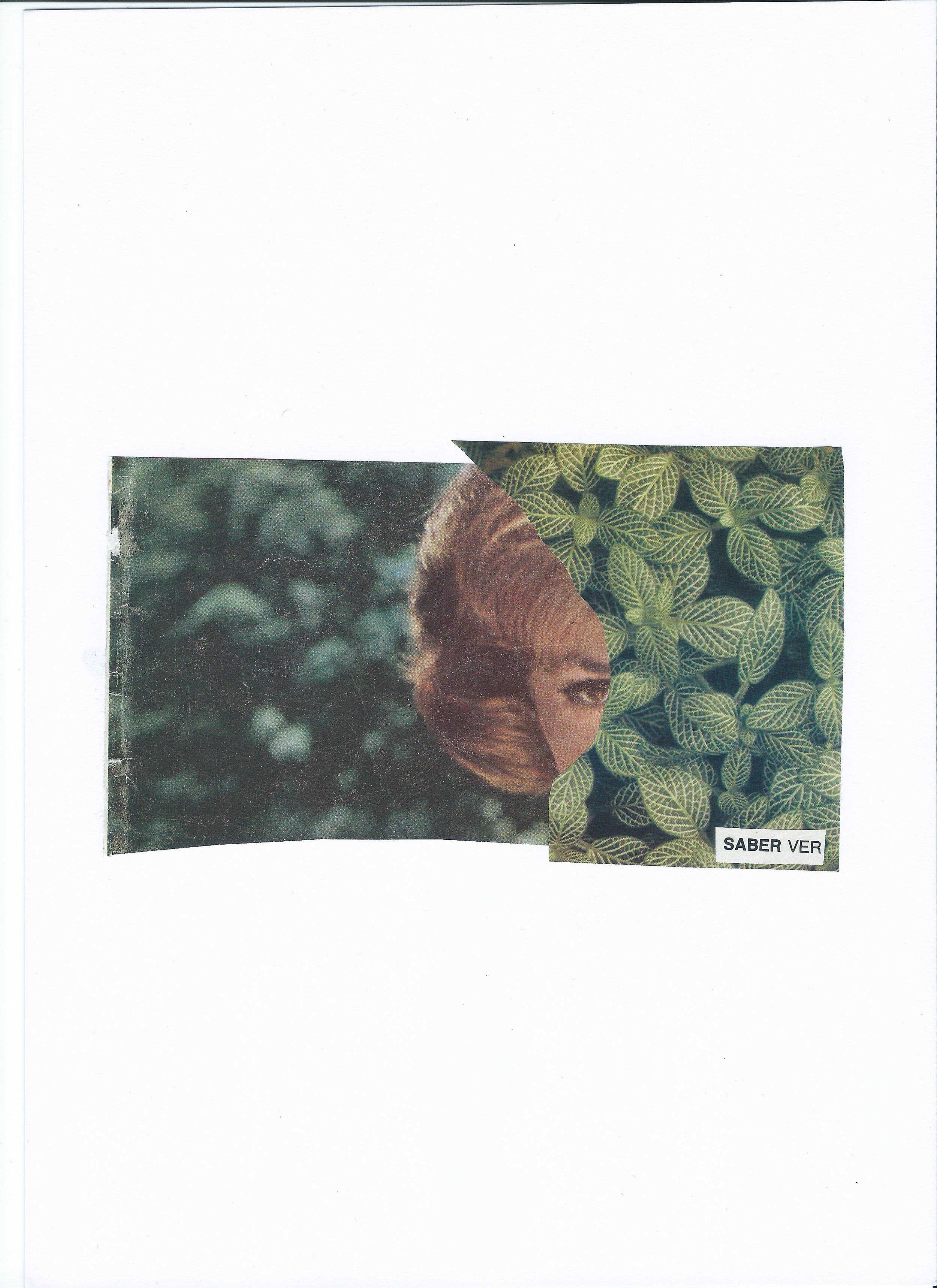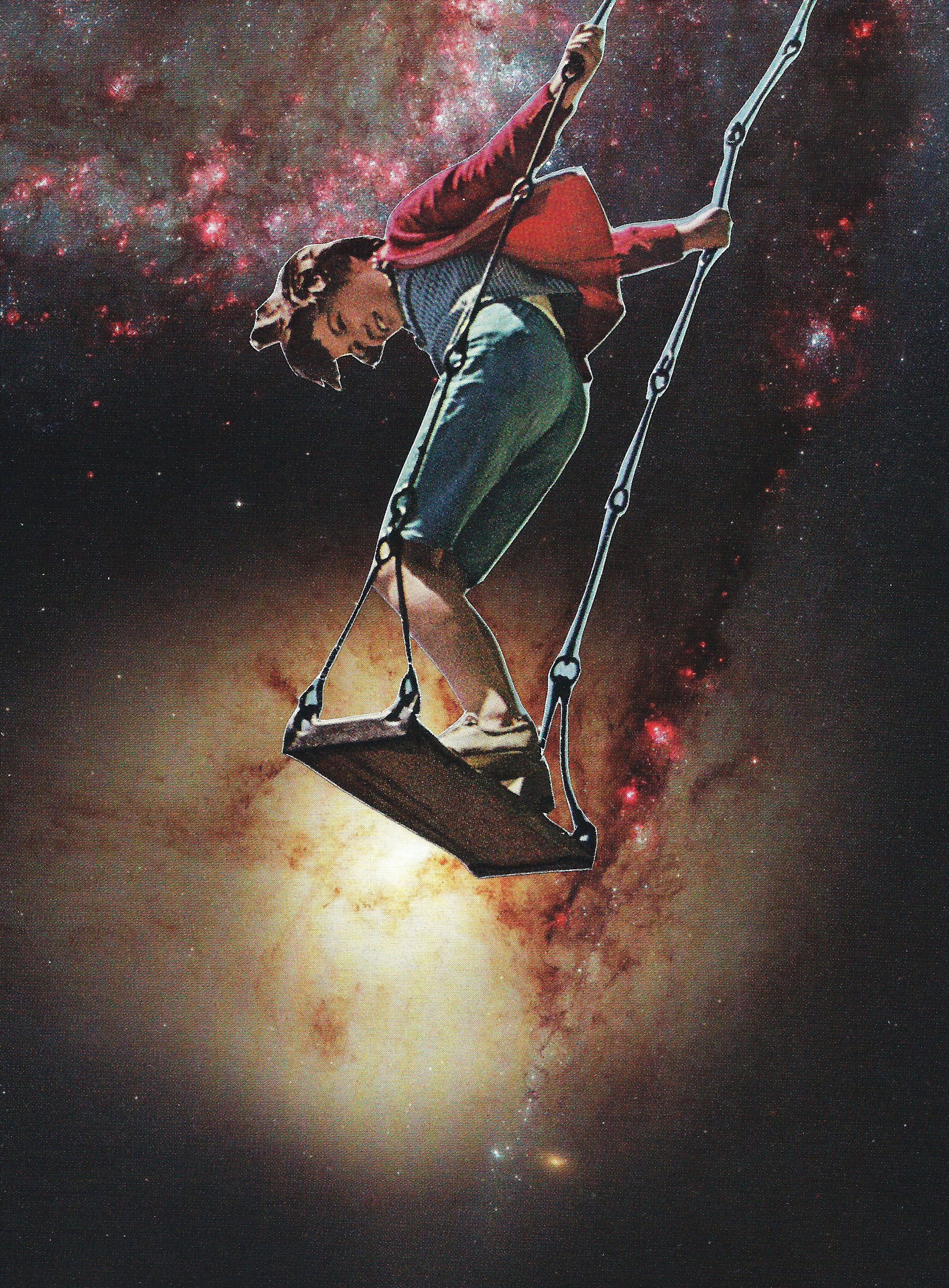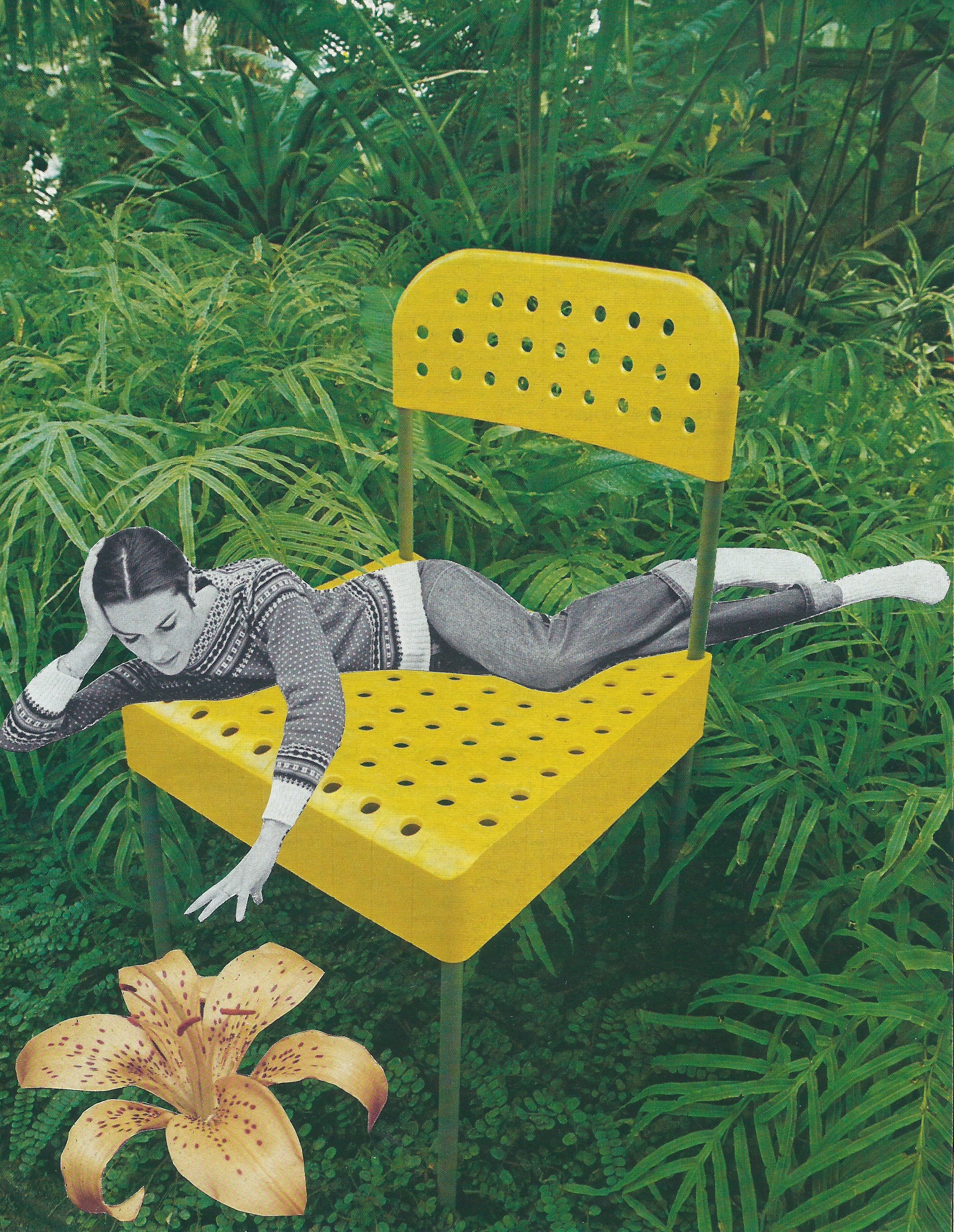Figure 1. “Soul of a Tributary” by Veronica Szalus.
Physical transitions happen constantly in nature and while these vary in speed, it is the process of transformation that matters most. Northern Virginia artist Veronica Szalus explores themes of inevitable environmental transitions through complex sculptures. Her sculptures consist of synthetic and natural materials, which encourage viewers to study how their environments never surrender to permanence. Szalus’ work helps us internalize what each passing minute signifies for existence within every transitional shift.
Szalus’ installations are part of environmental art, a movement that began around the 1960s. Today, renowned contemporary artists in the genre include Nils Udo, Agnes Denes, and Andy Goldsworthy. This movement invites us to view organisms beyond their present physical status and pushes us to look into future possibilities of change as a continuation of the natural cycle. Since much of the artwork is produced to be site-specific, it creates a sense of awareness about current surroundings and/or issues regarding the impact of our interactions with our planet’s natural resources.
“Many of my installations use a combination of materials such as grass reed, bamboo, tree branches and vines. Beyond this I often consider a larger more pressing question --the constant transition found at the intersections of materials (manufactured or even natural) with environmental factors and what that means to the viewer and his/her world. There is a constant interplay between materials and the environmental factors of light, movement, sound and time that gives pause to contemplate the impermanence of the world around us and the existence that form us,” explains Szalus.
Figure 2. The artist at work in the studio.
In her work, organic and non-organic materials come together to possibly create something new. For instance, by shifting positions, deteriorating of materials, what may grow or die if environmental factors interfere, among other scenarios. An important factor to consider when observing Szalus’ installations is that time always remains the constant variable of the natural cycle for every living organism.
There’s a give and take that occurs when dealing with nature. It is these interactions that cause the potential for change, and the impact of such can only be witnessed through the progression of time. The pieces Szalus creates can also reflect how interior and exterior elements serve as agents of change in that environment. In other words, they instill an open perspective for how our relationship with our surroundings can impact our lives in the long run.
Figure 3. “Tilted Soul” by Veronica Szalus.
She explains, “I am continuously developing my work through volume and scale, new forms, and exploration of materials. I am inspired by many things including shifts in light, flexibility, tension and movement, color, and especially color that is the result of oxidation. I am currently developing concepts that incorporate water and the observation of oxidation, flexibility and durability in large assembled pieces, and using mundane objects to activate light.”
Szalus is currently working on an installation concept for the lobby of a performing arts center and an upcoming duo exhibition at Studio Gallery in Washington D.C., where she’ll be collaborating with Pam Frederick.
Explore more of Veronica Szalus’ work here.

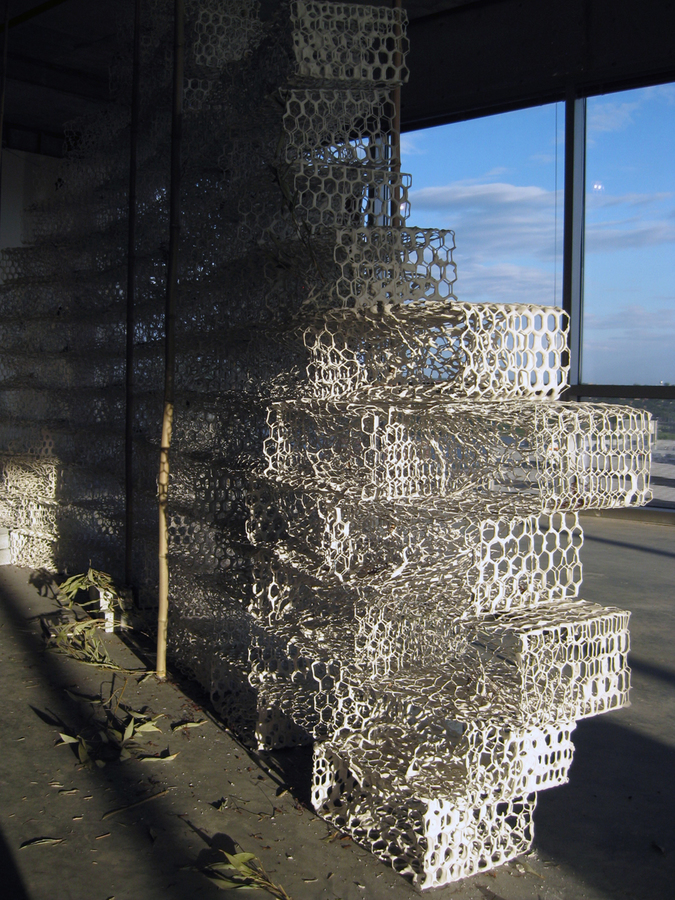
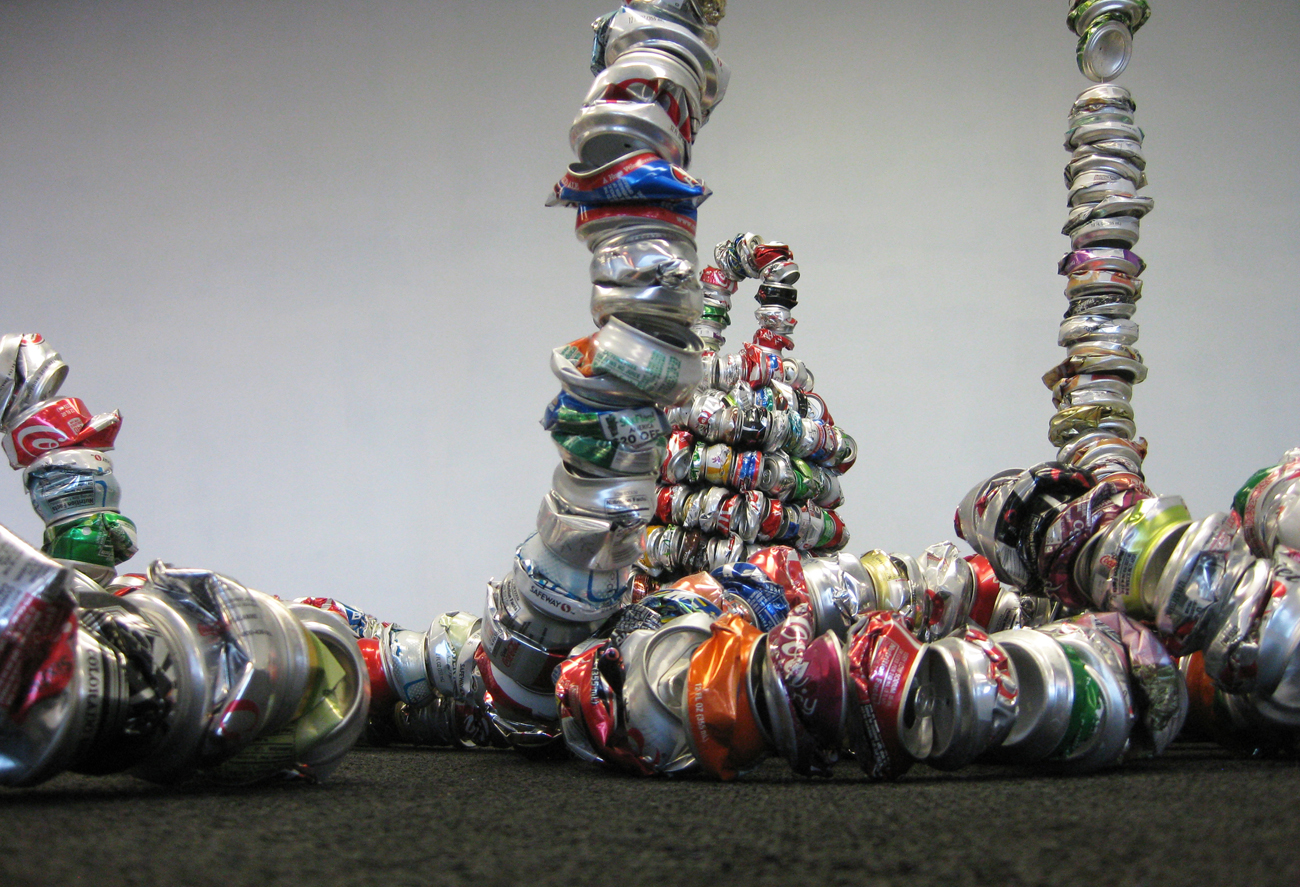
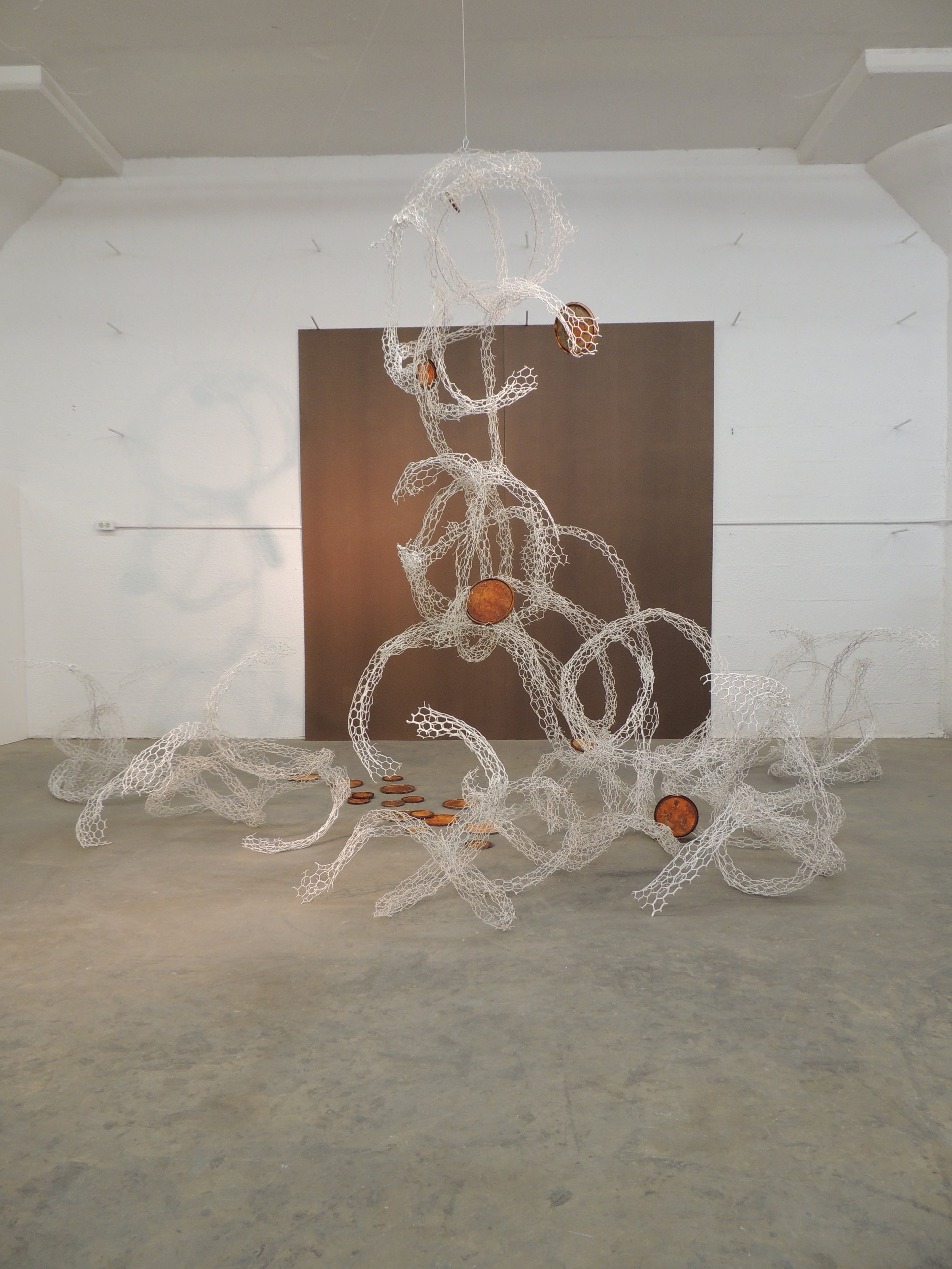
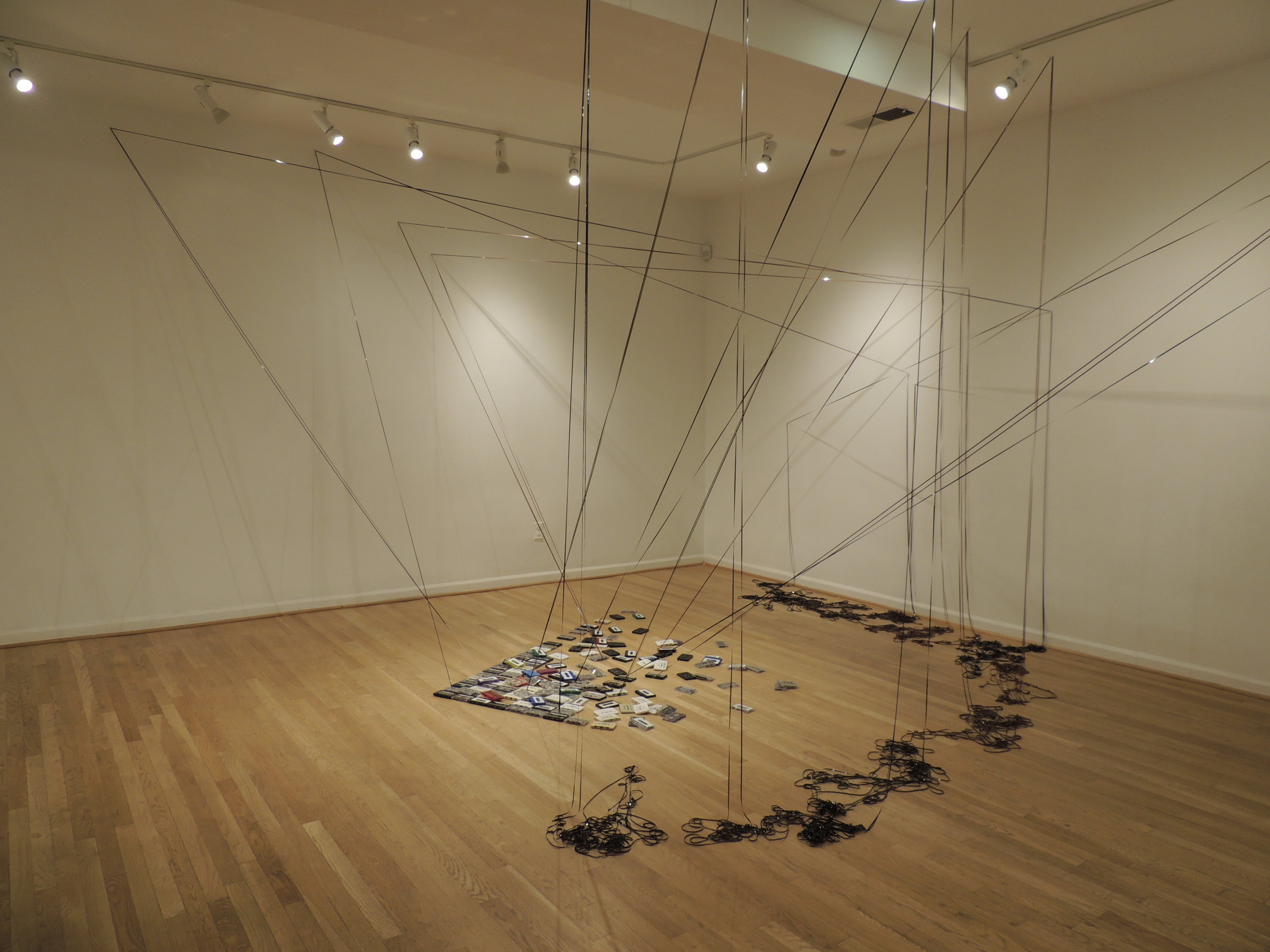
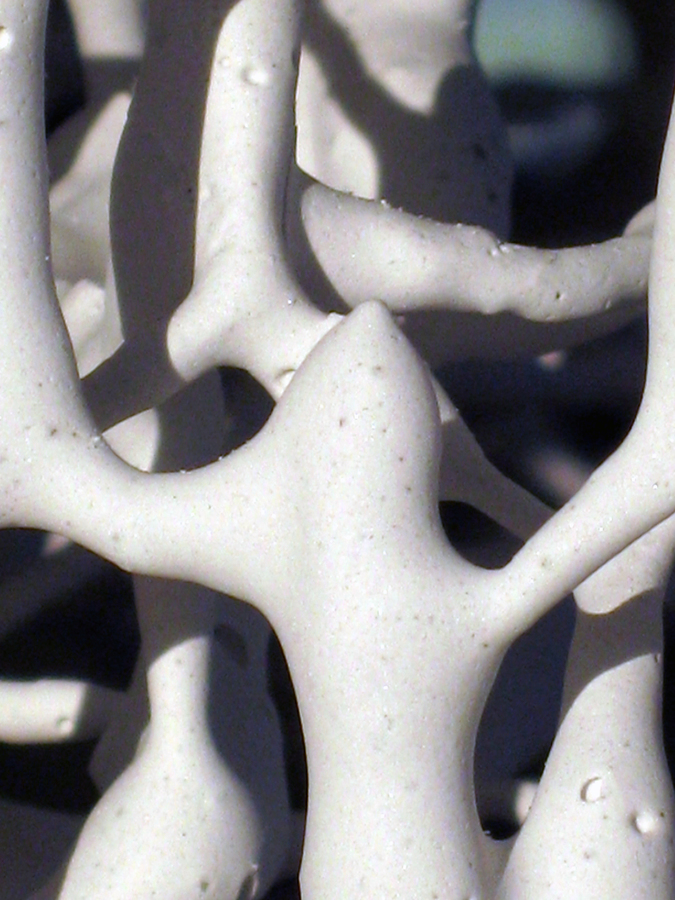
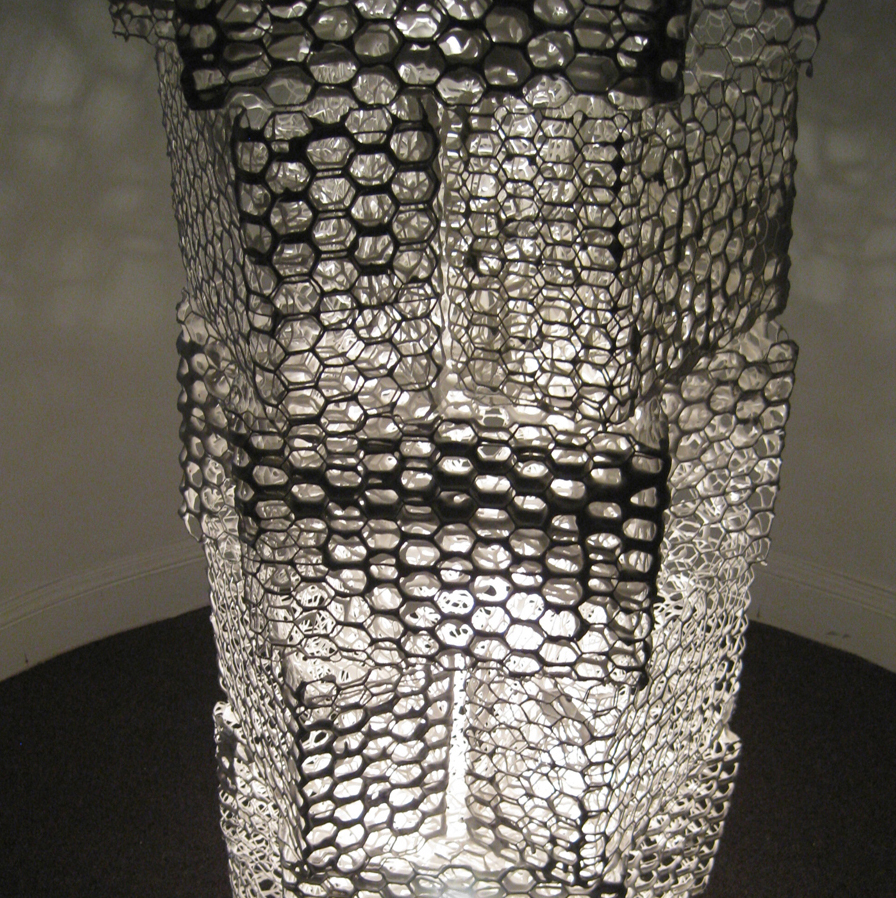
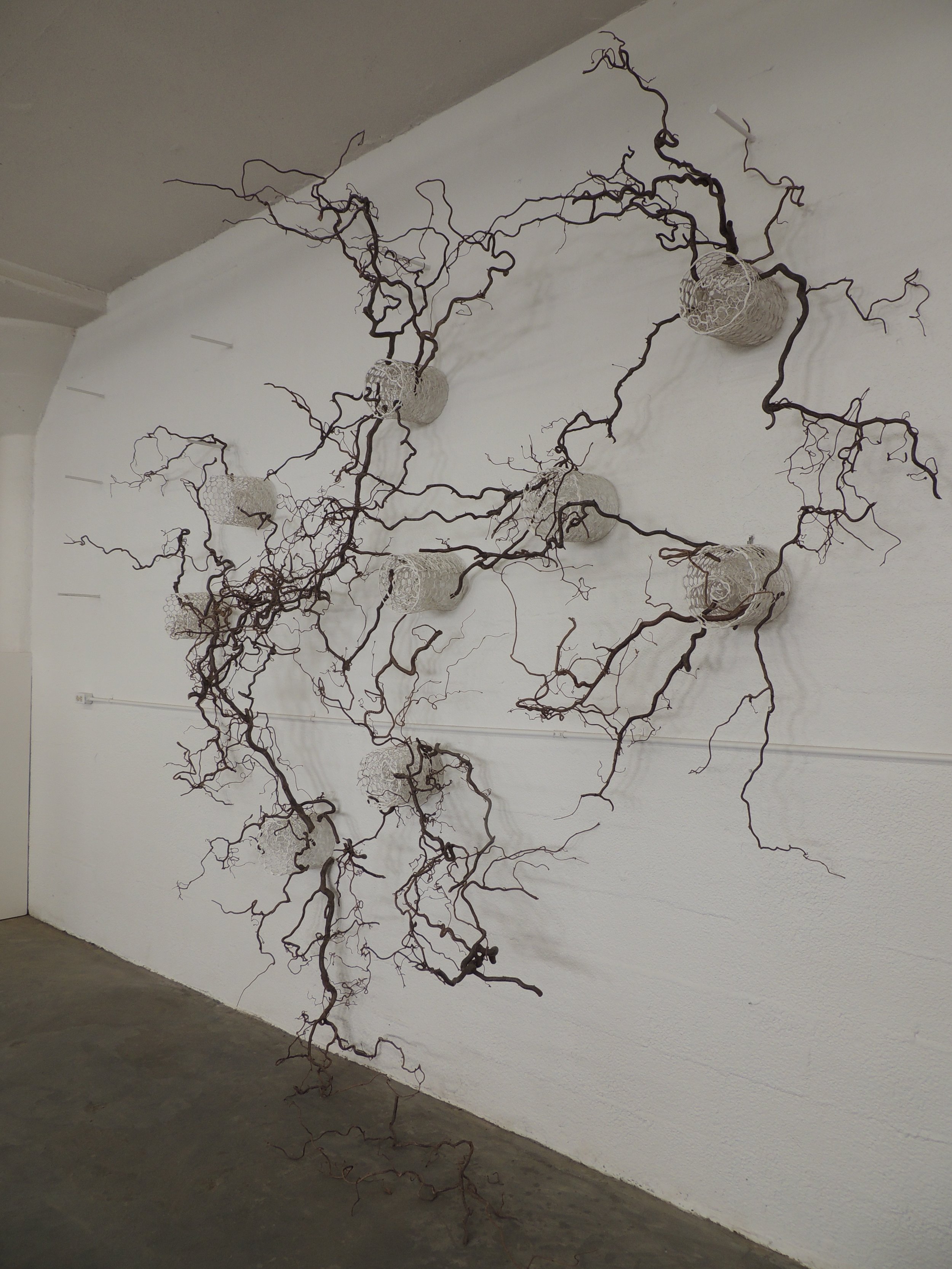
Today’s poem inspired by the natural transitions found in Veronica’s work:
Nothing Gold Can Stay
BY ROBERT FROST
Nature’s first green is gold,
Her hardest hue to hold.
Her early leaf’s a flower;
But only so an hour.
Then leaf subsides to leaf.
So Eden sank to grief,
So dawn goes down to day.
Nothing gold can stay.







